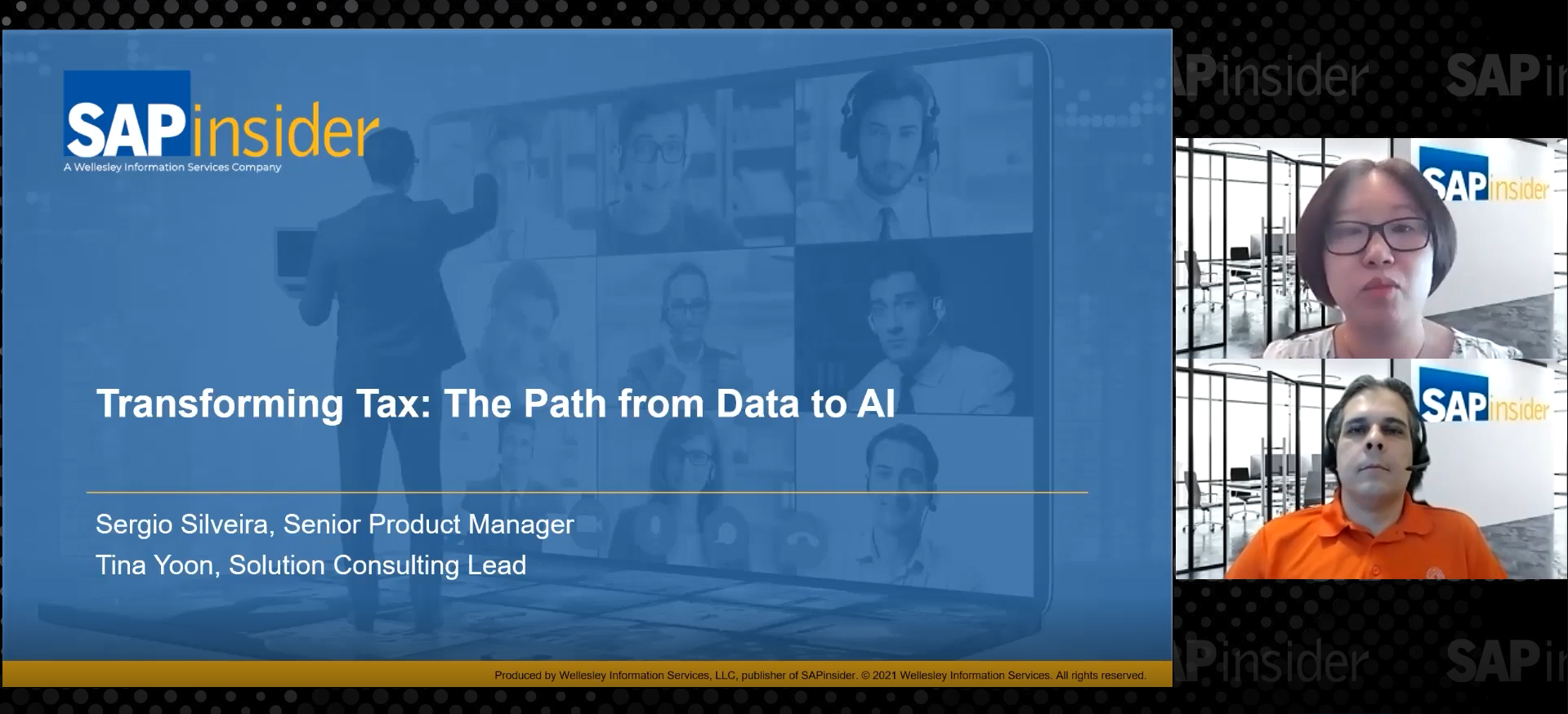How Drivers for Global Tax Management Strategy Have Changed
Key Takeaways
⇨ Organizational priorities for tax management shift quickly.
⇨ Complexity in regulations across regions is no longer driving tax strategies as it once was.
⇨ Organizations are now prioritizing digital transformation over all other drivers.
Shifting Strategies
The global tax landscape is complex and constantly shifting. This means that organizations not only have to change their tools to keep pace, but often they must realign their entire strategy to stay afloat.
In a previous blog, we highlighted how digital transformation and modernization of tax and finance is the top driver of global tax management strategies. In the Global Tax Management Benchmark Research Report, nearly 43% of respondents said it impacted their strategy. This was not always the case. In this blog, we will examine how these drivers have shifted, and what that says about the global tax landscape.
Digital Transformation Takeover
Digital transformation is the top driver for tax strategy with 43% of respondents saying it had an impact in 2022. The year before, 38% of respondents said digital transformation was a significant driver. This ranked only second, as 2021’s top driver was growing complexity in compliance management, governance, and regulations.
This shift indicates that organizations are looking internally rather than externally for ways to move their tax strategy forward. While complexity in regulations is undoubtedly a struggle for companies to contend with, organizations are looking to leverage SAP S/4HANA to contend with this complexity.
The demand for better reporting, analytics, and visibility across transaction systems and platforms ranked second in 2022, but had the most significant jump from the prior year. In 2021, just 9% of respondents listed it as a driver. In 2022, that figure jumped to 34%.
Increased visibility is growing more important as business leaders seek the most accurate and up-to-date data to make decisions. This visibility also helps to align the disparate parts of the business operating in different locations or on different teams. One single source of truth cuts down on confusion and reduces the potential for errors, making every part of the tax management operation run more smoothly.








